Madrid has a cathedral underground. And I would even say that it is more beautiful than our official one the Almudena cathedral. This is depot number 2 of the main water channel of Madrid, which is hidden underground.
Unlike other European cities, Madrid does not have a large river running through the city. This fact made it about to lose its capital status in the 19th century, since the growth of this great city was unstoppable. In 1851 Queen Elizabeth II and her ministers, including Bravo Murillo, decided to to bring the water from the rivers that flow through the Madrid mountains uphill.
The chosen one was the Lozoya River, which continues to have the most valued water since it crosses a good part of its course through granite terrain. Granite allows filtering a greater number of minerals and converting the liquid element into the purest possible: that is, what is popularly known as soft water. Because water is not wine, neither the smell nor the flavor receive extra points. In fact, Faustino Muñoz Soria, an expert in water and author of the book Aguas de España y del mundo, comments that one problem with Madrid’s water is its slightly muddy smell. Something that I had not noticed, but that is present if one looks carefully.
A few days ago I had the opportunity to visit both this deposit still in use, thanks to a visit organized by the Spanish Association of Environmental Journalists (APIA) and Canal de Isabel II. A group of privileged people were lucky enough to see not only the artistic and cultural value of these two warehouses built in the 19th century, but also to delve into their secrets. Secrets that are nothing more than the fruit of detailed work that lovingly cares for the path of water from nature to our tap. A small gesture that we routinely devalue, but that says a lot about the development and the guts of a city.
If at first the route of the water that reaches Madrid had the Pontón de la Oliva reservoir as its starting point, today the millions of liters that we Madrid people consume come from the 13 reservoirs, 320 tanks and 160 lifting stations managed by Canal of Elizabeth II.
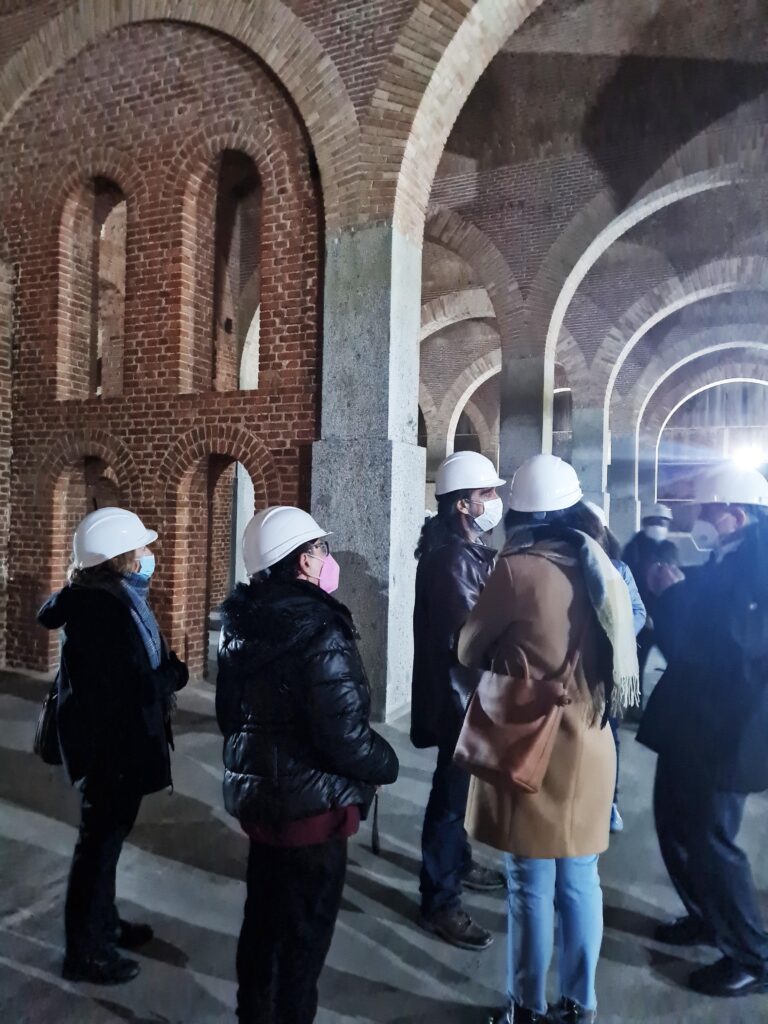
Tap water in Spain
The water in Madrid is one of the most famous and appreciated in Spain. In fact, according to data from Canal de Isabel II, the Community of Madrid is the region where the least bottled still water is consumed domestically, 16.7 liters per inhabitant per year, compared to 59.46 on average. 96% of Madrid residents drink tap water.
However, according to the latest study carried out by a Spanish consumer association (OCU), the best water in Spain is in Burgos and not in Madrid. His merits? Few minerals, no lime, good price and being free of contaminants. San Sebastian also appears as one of the best. Pointing out that yes, tap water is safe throughout all the country. We are talking about organoleptic properties related to smell and taste. Barcelona water appears to be acceptable, but chefs from the city tell me that it is never used for cooking in their restaurants. You find the worst quality in Palma de Mallorca, Ciudad Real and some areas of Palencia.
What does what we popularly know as hard water mean? Its high content of calcium and magnesium. The water has filtered through calcareous rocks on its way to our tap. This chemical condition matters even when we are cooking food. Beans will take longer to cook in hard water because the water takes longer to filter in.
Faustino Muñoz Soria gives us instructions on how to do a tap water tasting: “First you have to observe it with the naked eye. If it’s clear and transparent, that’s good news, and also if it’s odorless and tasteless,” he says. The most characteristic negative taste is chlorine, essential if the water it comes from is contaminated, as is the case on the banks of the Llobregat river in Barcelona.
Make water your best friend
American magazine Bon Appetit gives us some tips to make tap water our ally in the kitchen.
1) When cooking, If you want a more concentrated flavor do not cover the pot because the evaporation of the water will make the flavors more intense. If the water/product ratio is essential as in rice, do not lift the lid.
2) If we are boiling ingredients that are not going to absorb much liquid, such as potatoes or pasta, it is a good idea to salt the water quite a bit. If, on the other hand, it is going to absorb a lot of water, we are talking about rice, quinoa, couscous or dried legumes, it is important not to add too much salt.
3) To rinse or not rinse rice? It depends on how you want the final texture. If you want it with a lot of starch, nope. If you want it loose, yes.
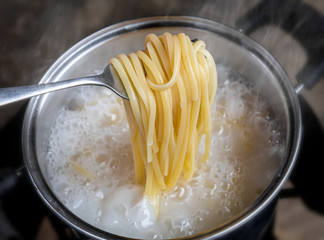
Special thanks to:
Ángel González del Pozo – head of the Colmenar System Conservation Area
Diego Limones – deputy director of Infrastructure Conservation East zone
Paula Matellanes – Corporate Communication at Canal de Isabel II



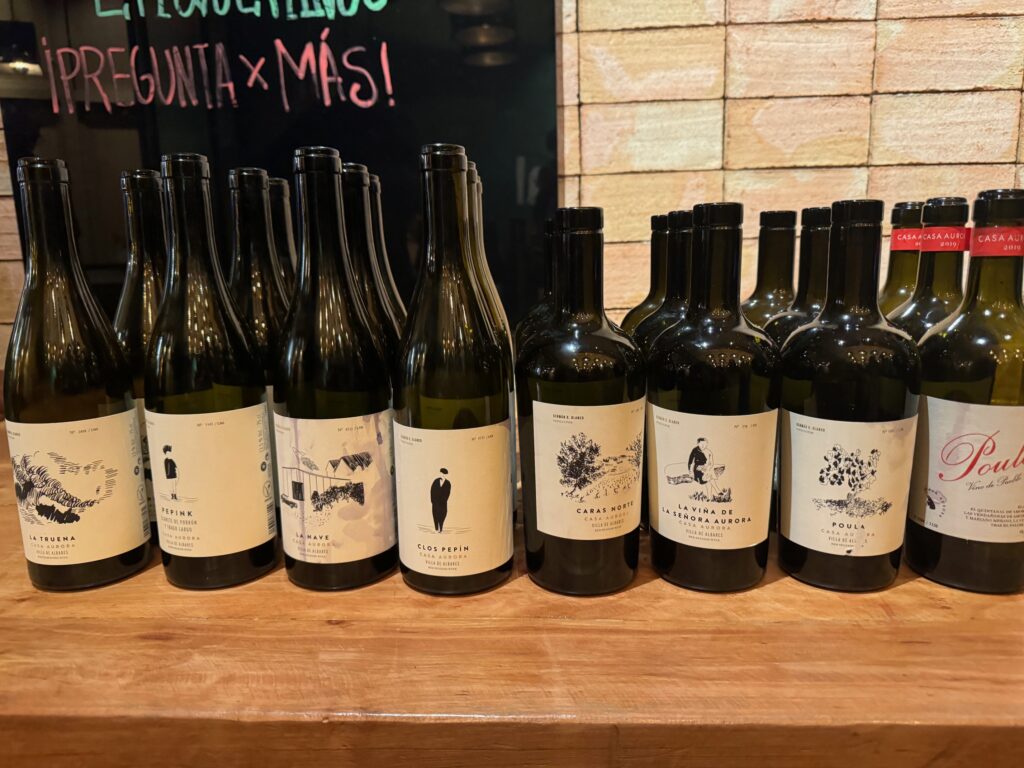
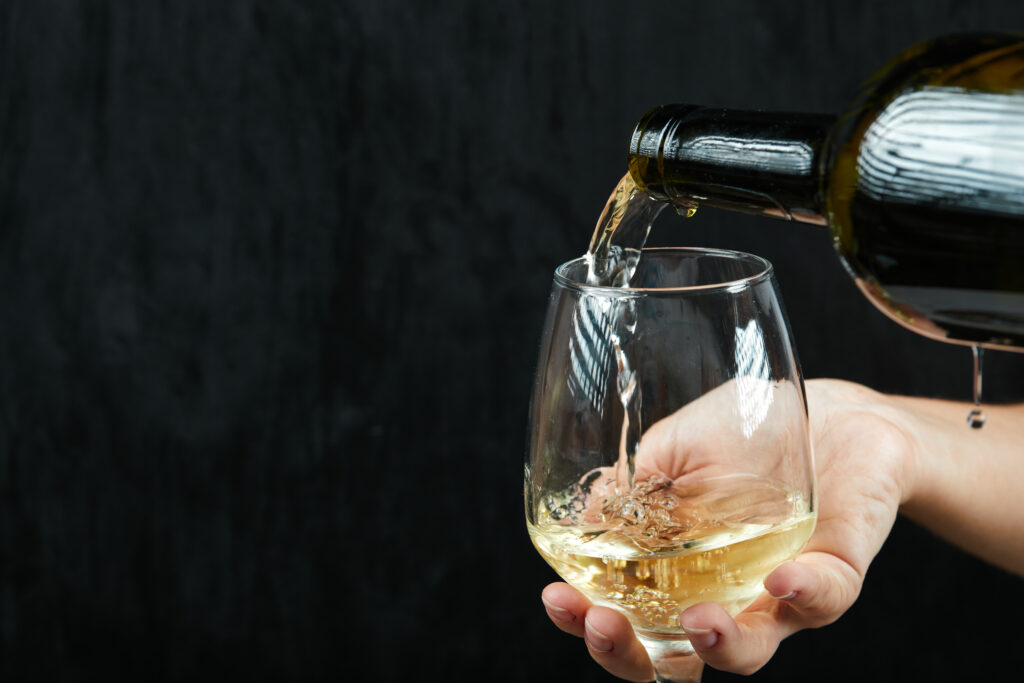
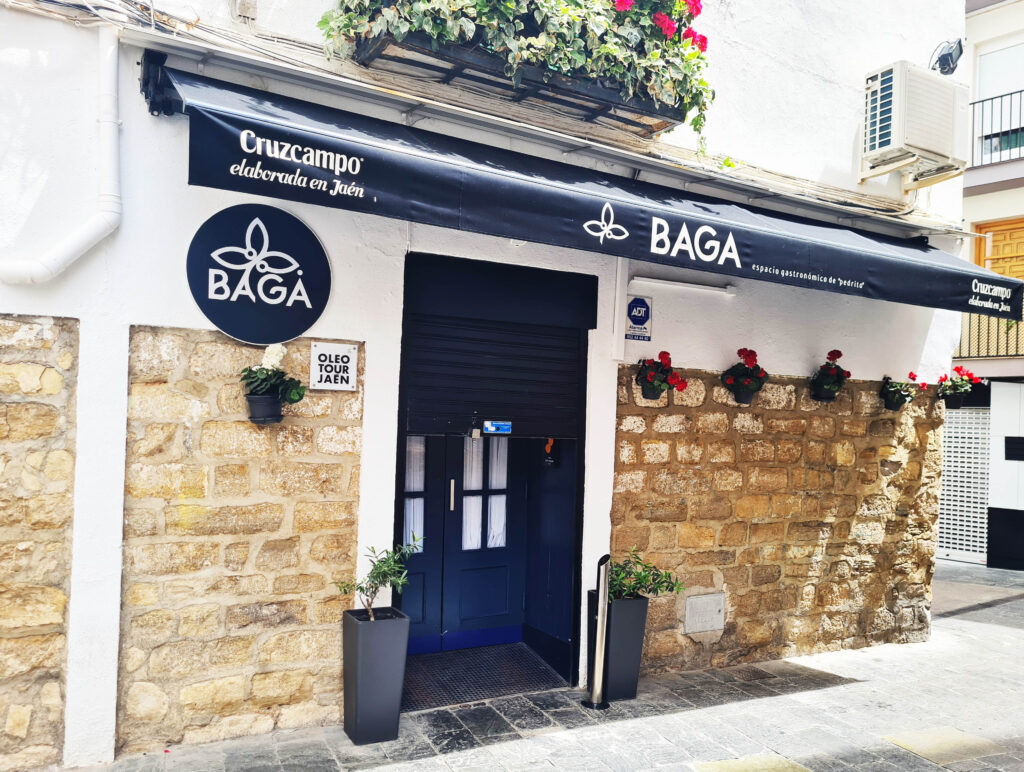
0 Comments